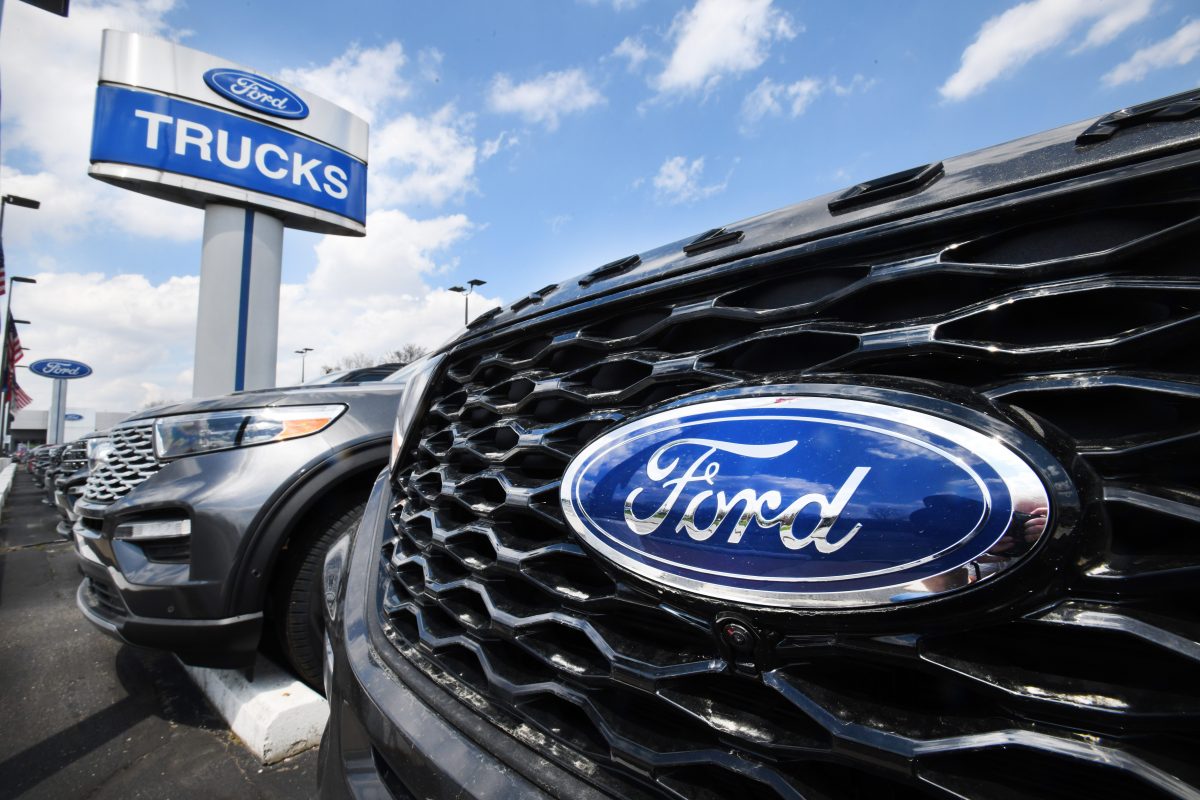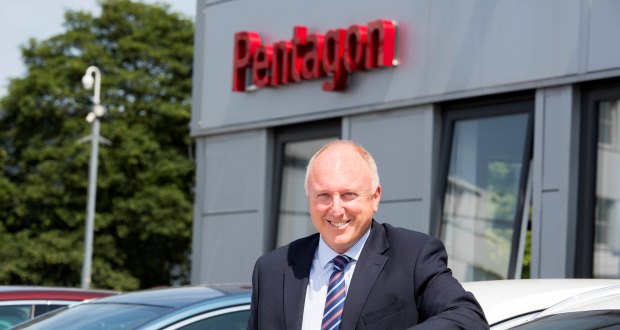BMW Group and Mercedes-Benz AG have punted on what was meant to be a long term collaboration to develop next-generation automated driving technology together, less than a year after announcing the agreement. The German automakers called the break up “mutual and amicable” and have each agreed to concentrate on their existing development paths. Those new… Continue reading BMW, Mercedes Benz end ‘long term’ automated driving alliance, for now
Tag: FCA
Ford and Fiat Chrysler return to full production Monday
Ford Motor Co. will resume its full, pre-coronavirus production schedule in the U.S. on Monday, two weeks sooner than it had planned. When Fiat Chrysler Automobiles restarts its second shift at Belvidere Assembly in Illinois on Monday, it too will be back to regular production. And General Motors Co. said all of its truck and SUV plants are… Continue reading Ford and Fiat Chrysler return to full production Monday
Pentagon shuts Alfa and Jeep dealership in Doncaster
Pentagon Motor Group has closed its Alfa Romeo and Jeep Dealership at Wheatley Hall Road in Doncaster. The group said it had been impacted by the pandemic and the site was not viable in the current market. Pentagon Motor Group was established in March 1991 with one Vauxhall dealership at in Derby. Today, the business… Continue reading Pentagon shuts Alfa and Jeep dealership in Doncaster
Renault’s future CEO Luca de Meo sees a “challenge” in his recovery
A first appearance before taking official post. Former Seat brand executive Luca de Meo spoke for the first time at Renault’s general meeting on Friday (June 29th). In less than two weeks, on July 1, this Italian leader will become the new general manager of the three-color manufacturer, succeeding Clotilde Delbos who had so far… Continue reading Renault’s future CEO Luca de Meo sees a “challenge” in his recovery
Coronavirus: BMW cuts 6,000 jobs and breaks with Daimler
BMW presses the brake on spending, against the background of the coronavirus crisis. The Bavarian automaker confirms, this Friday, its intention to cut 6,000 jobs in 2020, in particular via retirements. As a reminder, the group employed around 126,000 people at the end of 2019. “After the existing flexibility measures,” including short-time working, “additional measures… Continue reading Coronavirus: BMW cuts 6,000 jobs and breaks with Daimler
@Daimler: BMW Group and Mercedes-Benz AG put development cooperation in automated driving temporarily on hold
Both companies will continue to pursue their own development path Technological understanding of both partners remains a good fit Successful collaboration to continue in other fields as planned Fröhlich: “Current technology puts us into excellent position for many years” Schäfer: “Sounding out possibilities with partners outside automotive sector” The BMW Group and Mercedes-Benz AG are… Continue reading @Daimler: BMW Group and Mercedes-Benz AG put development cooperation in automated driving temporarily on hold
@BMW: Partners reach joint decision: BMW Group and Mercedes-Benz AG put development cooperation in automated driving temporarily on hold – may be resumed later
Munich/Stuttgart. The BMW Group and Mercedes-Benz AG are putting their cooperation on development of next-generation technology for automated driving temporarily on hold. Following extensive review, the two companies have arrived at a mutual and amicable agreement to concentrate on their existing development paths – which may also include working with current or new partners. Both… Continue reading @BMW: Partners reach joint decision: BMW Group and Mercedes-Benz AG put development cooperation in automated driving temporarily on hold – may be resumed later
Ford’s redesigned F-150 pickup will offer greater connectivity, sleeper seat
DETROIT (Reuters) – Ford Motor Co (F.N) next week will show the next generation of its brawny F-150 pickup truck that offers a new sleeper-seat feature and over-the-air software updates in a machine Ford is counting on to help pay off coronavirus-related debts. FILE PHOTO: A Ford 2018 F150 pick-up truck moves down the assembly… Continue reading Ford’s redesigned F-150 pickup will offer greater connectivity, sleeper seat
Vans, not glamorous, but key as EU weighs autos mega-merger
MILAN/PARIS (Reuters) – Their silhouettes don’t stir dreams of adventure like a sports car or trendy SUV, but vans are a rare source of profit for European carmakers, which is why EU regulators are focused on them as they decide whether to back an industry mega-merger. FILE PHOTO: A Peugeot Rifter 4×4 concept van is… Continue reading Vans, not glamorous, but key as EU weighs autos mega-merger
@FCA: Statement: Software Update
June 18, 2020 , Auburn Hills, Mich. – FCA is voluntarily recalling 67,248 U.S.-market vehicles to update certain transmission software. A review of customer data prompted an FCA investigation that discovered a driveline connection may, in certain circumstances, slip. Should this occur, it may lead to loss of propulsion and prevent the transmission from engaging PARK… Continue reading @FCA: Statement: Software Update


